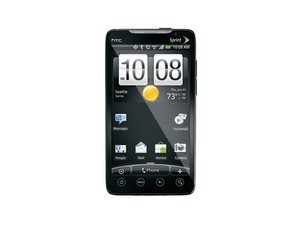Mouser electronics
part number - 649-10104111-0001LF
price (43 cents) Im not kidding.
You must be skilled to install this...please read this re-print for tips ....
__________________________________________________________________________________________________________________________________________
I got a micro USB female socket from mouser electronics for a whopping 43 cents. lol
It was "wave soldered" during assembly, so forget about conventional soldering .
Im an electronic technician, engineer, and a ham radio operator... and this is one tall order.
The way to kill this bird is not with a soldering iron, but with a heat gun...and not just any heat gun...one specificly for tiny surface mount electronic repairs. The one I used was attached to the end of a butane fired soldering rig, and keeps direct flame away from target area. Heat the metal jacket gently while lifting the socket assembly upward, away from board surface. When solder melts enough, it will let go. Then clean gently and inspect the board surface for debris or any "bridging". Since the thing was wave-soldered originally, chances are there wont be satisfactory amount of solder left for installing the new socket. What I did was prep the socket terminals (freekin tiny row of 5 little brass stubbs) with a thin application of fresh solder...after warming it up and applying raw soldering paste (rosin) 1st. This prevents bridging, and is almost guaranteed to screw you up if you dont rosin it up 1st, as the little pins (stubs I call em) are so close together and will cause too much solder (as in, a speck more than the one speck required, lol) to cling to them, causing ... (drum roll) ... bridges....(another drum roll) ... and failure.
So all thats left after pre-tinning the new socket pins, is placement againt the PCB and then take a little (tiny) vise clamp, or any tiny metal clamp (alligator clip worked great) to squeeze the socket down against the target area while re-heating assembly again in a reverse operation of the dis-assembly.
Then , after maybe some prayer, or meditation, or ... for some folks .. a sacrifice of a small animal or three, ... You can test your work. I recommend not neglecting to make sure that on each side of this socket assembly you manually solder a decent bead of "mechanical solder support" on both sides (right and left)
This is required for "mechanical" stability of the plug itself, and not really an electrical connection, besides the fact that it does indeed provide a ground for the outer metal sheild.
If you dont solder the two corners down, you can count on the other tiny little heat-gun bonded solder joints you took so much pains to do correctly, absolutely peeling back off the PCB the 1st time you stress that socket with a USB plug or charging dongle.
If you cant comprehend the layman terms used in this description (or you have never soldered anything small before) ...totally forget even contemplating this kind of repair. You will fail before you even start.

 1
1  1
1 
1 Comment
Demand RECALL! Why are we continually paying and suffering with a KNOWN manufacturer issue? File a complaint, PLEASE
https://www.ftccomplaintassistant.gov/FT...
by Carmen Urquidi